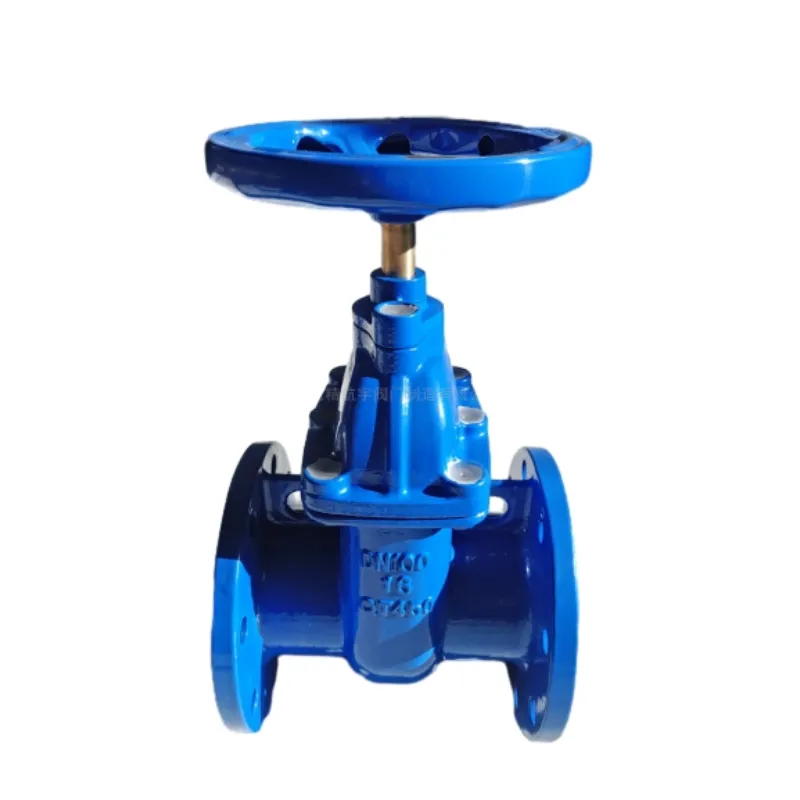Dec . 04, 2024 00:17 Back to list
industrial check valve
Understanding Industrial Check Valves Function, Types, and Applications
Check valves are essential components in industrial systems, serving a critical role in ensuring the unidirectional flow of fluids and gases. These simple yet vital devices prevent backflow, protecting equipment and maintaining system integrity. In this article, we will explore the function, types, and applications of industrial check valves.
Function of Check Valves
The primary function of a check valve is to allow flow in one direction while blocking it in the opposite direction. This mechanism is crucial in various applications where backflow can lead to contamination, damage, or inefficiencies. For instance, in a water treatment facility, check valves ensure that treated water does not flow back into contaminated sources. By maintaining a consistent flow direction, check valves enhance system reliability and operational efficiency.
Types of Check Valves
Several types of check valves are designed to meet specific operational requirements in industrial settings. The most common types include
1. Swing Check Valves These valves use a disc that swings on a hinge to allow or block flow. When fluid flows in the desired direction, the disc opens; when backflow occurs, the disc closes, sealing off the line. Swing check valves are ideal for applications with a relatively low flow rate.
2. Lift Check Valves Similar to a swing check valve but utilizing a vertical or axial movement mechanism, lift check valves have a disc that lifts off its seat during forward flow and falls back into place during backflow. They are suited for high-pressure applications and can handle larger flow rates.
3. Ball Check Valves This type employs a spherical ball that restricts backflow by resting against a seat. When fluid flows in the correct direction, the ball is lifted, allowing passage. Ball check valves are known for their efficiency and are commonly used in wastewater management systems.
4. Diaphragm Check Valves These valves feature a flexible membrane or diaphragm that closes off the flow path during backflow. They are particularly useful in applications involving corrosive or viscous fluids, as they minimize wear and tear.
5. Spring-Loaded Check Valves These valves incorporate a spring mechanism to assist in closing the valve. They provide quicker response times and are often employed in systems requiring precise flow control.
industrial check valve

Each type of check valve has its unique advantages and is selected based on the specific requirements of the system, including pressure, flow rate, and the nature of the fluid being transported.
Applications of Check Valves
Industrial check valves are widely used across various sectors, including
- Water and Wastewater Treatment Check valves prevent backflow in treatment plants, ensuring clean water supply and proper waste management.
- Oil and Gas In this industry, check valves are crucial in pipelines to prevent hazardous spills and to maintain the integrity of the transport system.
- Chemical Processing Check valves help manage the flow of potentially dangerous chemicals, minimizing the risk of contamination and equipment damage.
- HVAC Systems In heating, ventilation, and air conditioning systems, check valves ensure proper airflow and help maintain system efficiency.
- Power Generation Check valves are employed in steam and water systems within power plants to regulate flow and prevent backflow, supporting overall operational safety.
Conclusion
In conclusion, industrial check valves play an indispensable role in various applications by preventing backflow and ensuring the efficient flow of fluids and gases. Understanding the different types of check valves and their specific applications enables industries to select the appropriate valve for their needs, enhancing system efficiency and safety. As industrial systems continue to evolve, the importance of reliable check valves remains a constant in maintaining operational integrity and promoting safety standards across diverse sectors.
-
Why Metric Trapezoidal Thread is Ideal for Precision Motion ControlNewsAug.05,2025
-
The Unique Properties of a Block of Granite for Industrial UseNewsAug.05,2025
-
The Role of Flanged Y Strainers in Preventing Pipeline ClogsNewsAug.05,2025
-
The Importance of Regular Calibration for Master Ring GagesNewsAug.05,2025
-
How a Cast Iron Surface Table Enhances Accuracy in ManufacturingNewsAug.05,2025
-
Comparing Different Check Valve Types for Optimal Flow ControlNewsAug.05,2025
Related PRODUCTS









